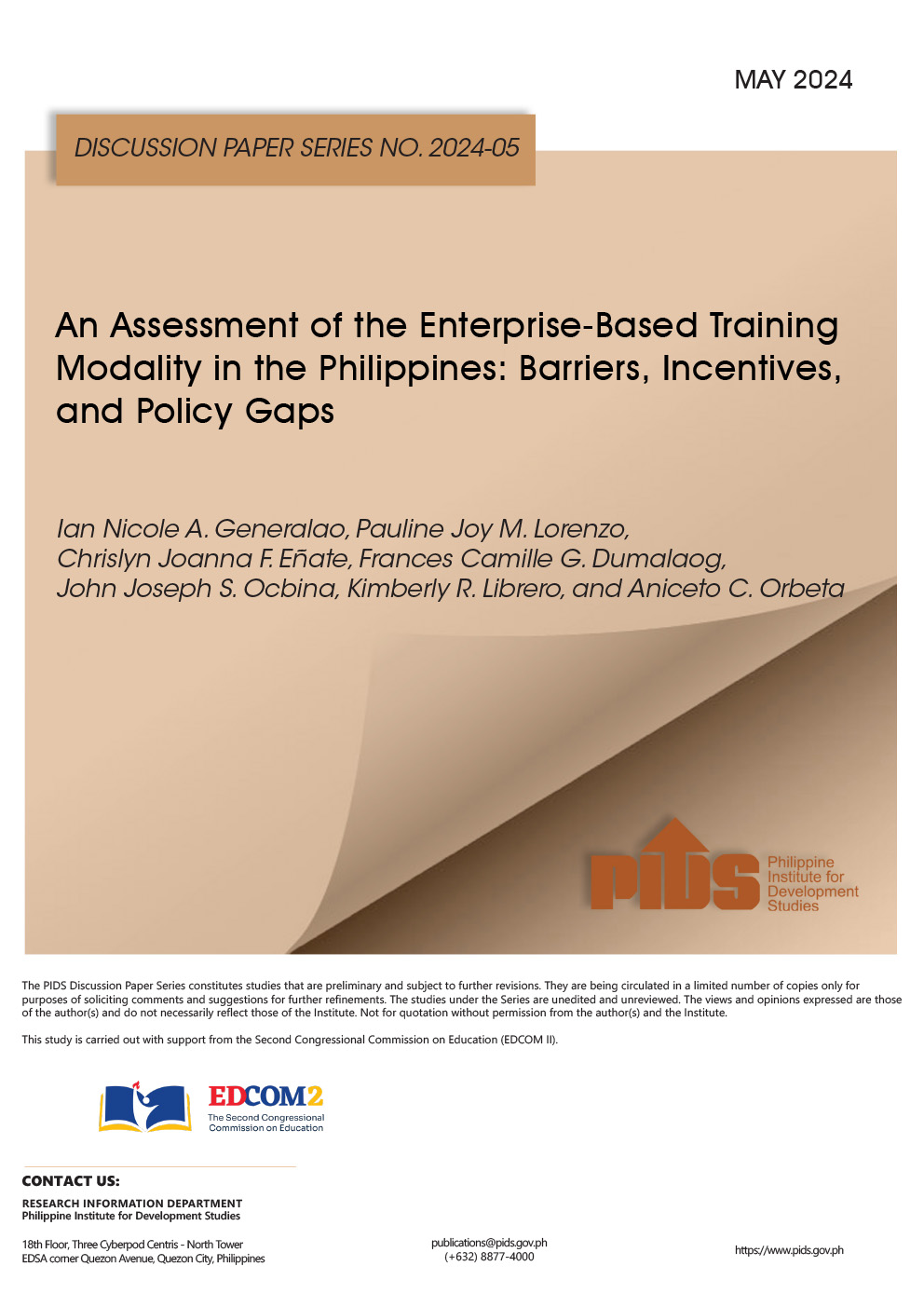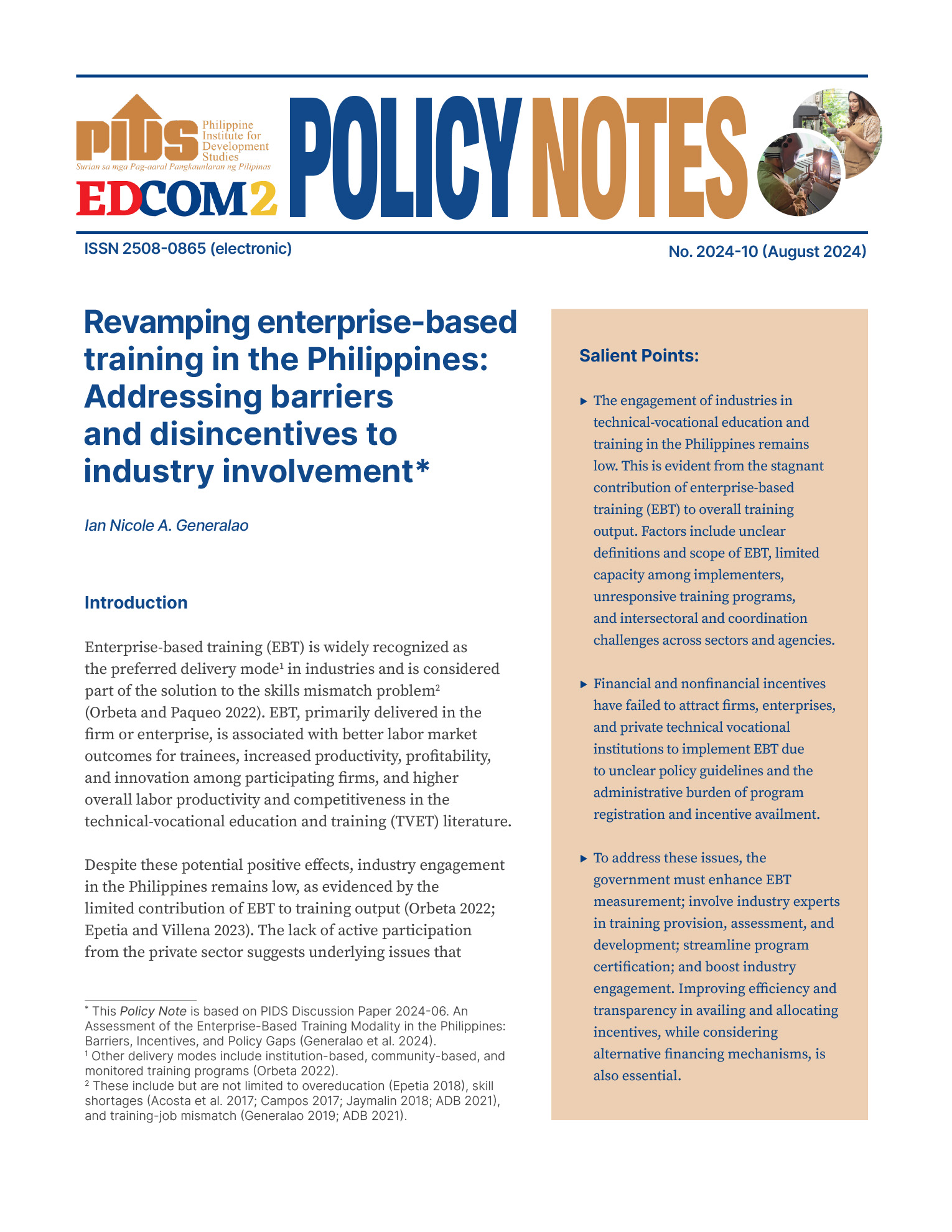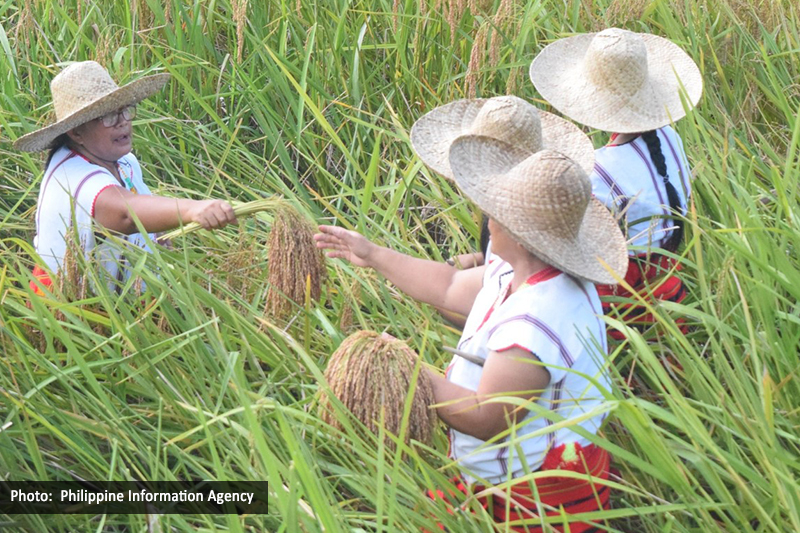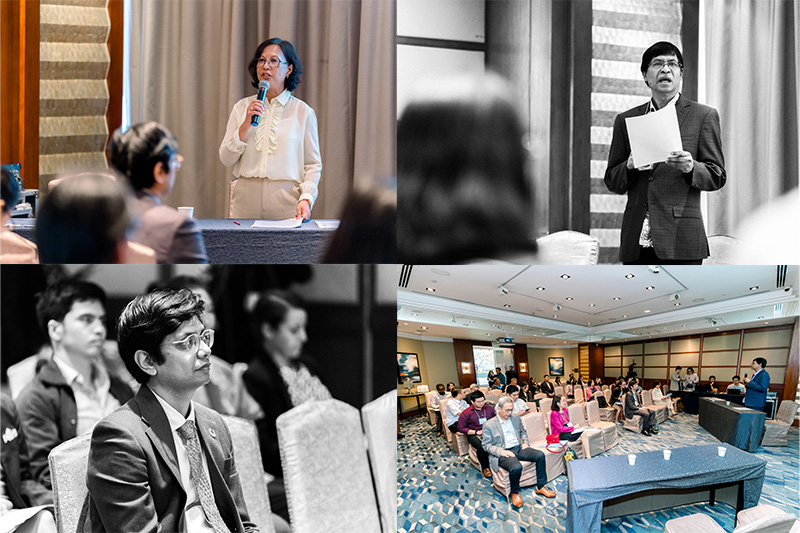FARMERS in Benguet who are the major producers of cutflowers and high-value vegetable crops in the country are facing barriers in using weather and climate information provided by the Philippine Atmospheric, Geophysical, and Astronomical Services Administration (PAGASA).
This is according to two related studies published by state think tank Philippine Institute for Development Studies (PIDS), which assessed how climate information from the state weather bureau is used by cutflower producers and smallholder vegetable farmers in Benguet.
Surveys, focus group discussions (FGD), and interviews were conducted with the farmers, municipal agriculturists and technicians, and representatives of the provincial agriculture offices in Benguet. The study also used the results of national and local workshops organized by PAGASA.
The studies found that while the farmers recognize that climate information is important in making informed decisions, they face problems in terms of accessibility and application.
Workshop participants in the first study related that they encountered technology-related issues in obtaining raw climate data from the PAGASA’s website, while farmers and other stakeholders, said they lacked access to online channels where bulk of the agency’s data are available.
Meanwhile, those who did receive data from PAGASA also “identified constraints to the application of the climate information”, with lack of financial resources as the most frequently cited issue. In field preparation, for example, producers were burdened with costs regardless of what decision they make out of the data they received. The farmers’ lack of access to credit has a role in this, as farmers resort to loans that also put them at a disadvantage.
The study also observed “the lack of resources and knowhow to further improve the production of flowers”, with some farmers not attending the trainings and sessions offered by the local government. Others also have a “perception that they do not need to practice” adaptation measures or that they “lack funding especially for measures that require building or installing structures”.
“Access to credit, knowledge, training, and value added activities might be easier if farmers are members of agricultural organizations or cooperatives. Both the discussions and surveys revealed that not many farmers are part of these organizations,” the study said. It added that “only 48 percent of the respondents in Atok and La Trinidad were members of any affiliation or organization, and of this, only 47 percent are members of farmers’ organizations or multi-purpose cooperatives.”
Farmers also perceived that climate forecasts circulated in Benguet are irrelevant, inaccurate, or inapplicable, with FGD participants saying that “the weather forecasts they get from the television are rarely tailor-made to the Benguet region” and focus more on Metro Manila.
The study also noted the need to laymanize the forecasts because they are too technical. “Weather and climate information are not translated into local languages such as Ilocano and Kankanaey, making it harder for local stakeholders to understand the forecast,” the study explained.
These findings are consistent with what smallholder farmers in the province face as highlighted in the second study, with participants rating the climate information they receive as “moderately relevant”.
Smallholder farmers also face a similar dilemma with regard to accessing PAGASA’s mobile applications and social media. Furthermore, the weather and climate information they get from radio and TV is “not targeted towards agriculture producers or their location”.
“Some farmers have low trust in forecasts as they are not applicable to their needs or locality and seem different from their own experiences,” the study said.
Smallholder farmers also face constraints in enacting adaptation measures as these entail additional costs and manpower.
As mentioned earlier, limited resources can be addressed through access to low-cost credit, but issues such as too much paperwork and time to process and release the loans often lead farmers to borrow from informal channels.
Recommendations from the two studies thus highlighted the need for a more tailored weather and climate information. In particular, the use of local dialect, improvement in the accessibility of raw climate data, use of correct dissemination channels, and the provision of required technology to access the data were urged.
As to how farmers can improve their access to credit, the study mentioned exploring government loan programs such as the Production Loan Easy Access and the Survival and Recovery loan assistance.
Finally, the studies emphasized the need for continuous consultations and partnerships among scientists, producers of information, local governments, farmers, and other key stakeholders to come up with solutions to the identified barriers.
This is according to two related studies published by state think tank Philippine Institute for Development Studies (PIDS), which assessed how climate information from the state weather bureau is used by cutflower producers and smallholder vegetable farmers in Benguet.
Surveys, focus group discussions (FGD), and interviews were conducted with the farmers, municipal agriculturists and technicians, and representatives of the provincial agriculture offices in Benguet. The study also used the results of national and local workshops organized by PAGASA.
The studies found that while the farmers recognize that climate information is important in making informed decisions, they face problems in terms of accessibility and application.
Workshop participants in the first study related that they encountered technology-related issues in obtaining raw climate data from the PAGASA’s website, while farmers and other stakeholders, said they lacked access to online channels where bulk of the agency’s data are available.
Meanwhile, those who did receive data from PAGASA also “identified constraints to the application of the climate information”, with lack of financial resources as the most frequently cited issue. In field preparation, for example, producers were burdened with costs regardless of what decision they make out of the data they received. The farmers’ lack of access to credit has a role in this, as farmers resort to loans that also put them at a disadvantage.
The study also observed “the lack of resources and knowhow to further improve the production of flowers”, with some farmers not attending the trainings and sessions offered by the local government. Others also have a “perception that they do not need to practice” adaptation measures or that they “lack funding especially for measures that require building or installing structures”.
“Access to credit, knowledge, training, and value added activities might be easier if farmers are members of agricultural organizations or cooperatives. Both the discussions and surveys revealed that not many farmers are part of these organizations,” the study said. It added that “only 48 percent of the respondents in Atok and La Trinidad were members of any affiliation or organization, and of this, only 47 percent are members of farmers’ organizations or multi-purpose cooperatives.”
Farmers also perceived that climate forecasts circulated in Benguet are irrelevant, inaccurate, or inapplicable, with FGD participants saying that “the weather forecasts they get from the television are rarely tailor-made to the Benguet region” and focus more on Metro Manila.
The study also noted the need to laymanize the forecasts because they are too technical. “Weather and climate information are not translated into local languages such as Ilocano and Kankanaey, making it harder for local stakeholders to understand the forecast,” the study explained.
These findings are consistent with what smallholder farmers in the province face as highlighted in the second study, with participants rating the climate information they receive as “moderately relevant”.
Smallholder farmers also face a similar dilemma with regard to accessing PAGASA’s mobile applications and social media. Furthermore, the weather and climate information they get from radio and TV is “not targeted towards agriculture producers or their location”.
“Some farmers have low trust in forecasts as they are not applicable to their needs or locality and seem different from their own experiences,” the study said.
Smallholder farmers also face constraints in enacting adaptation measures as these entail additional costs and manpower.
As mentioned earlier, limited resources can be addressed through access to low-cost credit, but issues such as too much paperwork and time to process and release the loans often lead farmers to borrow from informal channels.
Recommendations from the two studies thus highlighted the need for a more tailored weather and climate information. In particular, the use of local dialect, improvement in the accessibility of raw climate data, use of correct dissemination channels, and the provision of required technology to access the data were urged.
As to how farmers can improve their access to credit, the study mentioned exploring government loan programs such as the Production Loan Easy Access and the Survival and Recovery loan assistance.
Finally, the studies emphasized the need for continuous consultations and partnerships among scientists, producers of information, local governments, farmers, and other key stakeholders to come up with solutions to the identified barriers.












